General Conclusion
Social token is a token that allows artists, musicians and social media influencers to tokenise rewards and access to their loyal followers and fans. Most of them are transferable as financial incentives.
If the social token is meant to carry a monetary value, the pricing idea can be done with a bonding curve. It helps to determine value based on supply.
We also talk about mechanisms for incentive and bad actors, how to integrate and verify off-chain data and how do we put the information of off-chain data into the Bonding Curve.
Next, we compare Social Tokens with loyalty points and NXM. And discuss the potential legal framework. Finally, we will provide advice for Social Token Designers.
What is Social Token?
The social token is a type-token that represents the reputation of an individual, community and brand. Social tokens are built on economic principles of ownership with the expectation that tomorrow's community value will be more valuable than today.
There are many use cases for social tokens. For example, a group could create them to grant access to information on a community. People who don't want to stick with this community can be transferred to someone else and lose access.
Creators can make money by creating their tokens. Or pay for people who have contributed in the form of tokenised with some community incentives as sharing financial income. Influencers can also send gifts underlying tokenized to others and can sell them to generate income for the owners.
Social Token provides sharing financial income, grant access as tokenized based on contributions.
1. Social tokens divide into two categories.
Community tokens
With community tokens, you need to earn the token for your participation and engagement. It's kind of an indicator for your reputation as a member of that community and you do projects together and sometimes to access products or services or to access something like exclusive content, you need to hold at least a certain amount and if you sell then you get booted out of that membership. That's the community side of it.
Personal token
The personal token is a bit different and it's a bit less the crypto ethos but more the startup ethos and so the personal token is more like an accelerator that's centered around the person. In my case with the Alex token, I got funding of twenty thousand dollars initially and then people did some OTC deals meaning that I gave them some tokens so it's a bit like next-generation angel investing via crypto.
2. Valuation
Problem
Personal and Community tokens are less liquid than Bitcoin and Ethereum. It is really hard to distribute them because there is not a deterministic objective way to quantify how work was done. With Bitcoin, there is proof of work. With Ethereum 2.0, it will be proof of stake.
So knowing those two things, how do you make it so that you distribute the tokens to the right people that would fund you, help you and contribute to your project?
The problem is that you have to put 50% of ETH to create the curreny pair on Uniswap. That's very expensive as if we go back to business terms.
This is a very high cost per customer acquisition. Every time you create a personal token, you have to put at least five thousand dollars on the line and if people are borrowing it then you're getting some fees on the swap. But that's very tiny and it's very annoying to do market-based token price discovery.
Solution with Bonding Curve
For that reason, the best way to distribute the token is to Bonding Curves.
Now, many people understand that the Bonding Curve has an advantage over the way of market creation. Compared to before making transactions, someone needs to own the tokens for the first time, which is not too fair and a lot of problems arise. Instead, making it algorithm-based with Boding Curves is better.
- We don't need liquidity
- If someone wants to buy them, the token's value always reacts to real-time demand.
3. How is the Math and Shape of the curve different from Uniswap?
Uniswap uses a concave curve and that's fine for most of the stuff on it. But for the Bonding Curve, it depends on the coin and purpose of the token.
You want the minimum possible slippage. For the Bonding Curves of adequate assets like social tokens, you can customize and bet them on the publisher.
For example, I'm a freelancer and I don't want to be booked more than 40 hours in my time, in the case of one token equal to one hour. So, what you can do when the price doesn’t increase inflate too much for the first 40 hours? Then, it becomes very expensive. This way makes people won't book you after 40 hours or if they do, you will make a lot of money. That's win-win and it's one of those cases of Bonding Curves.
[link] [comments]

You can get bonuses upto $100 FREE BONUS when you:
💰 Install these recommended apps:
💲 SocialGood - 100% Crypto Back on Everyday Shopping
💲 xPortal - The DeFi For The Next Billion
💲 CryptoTab Browser - Lightweight, fast, and ready to mine!
💰 Register on these recommended exchanges:
🟡 Binance🟡 Bitfinex🟡 Bitmart🟡 Bittrex🟡 Bitget
🟡 CoinEx🟡 Crypto.com🟡 Gate.io🟡 Huobi🟡 Kucoin.





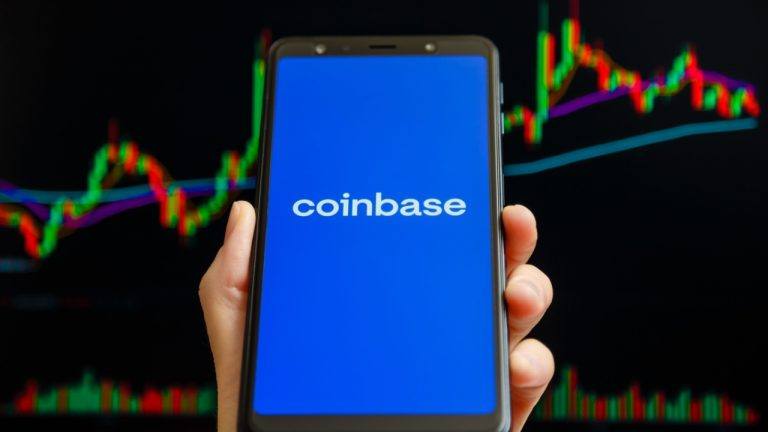
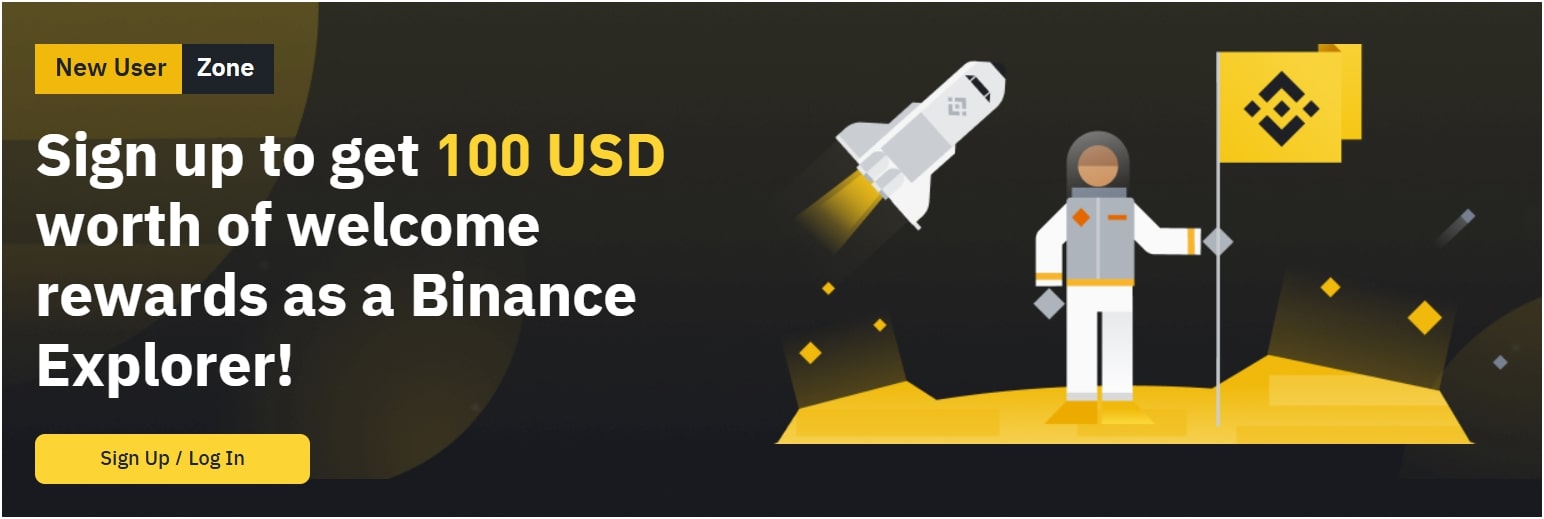

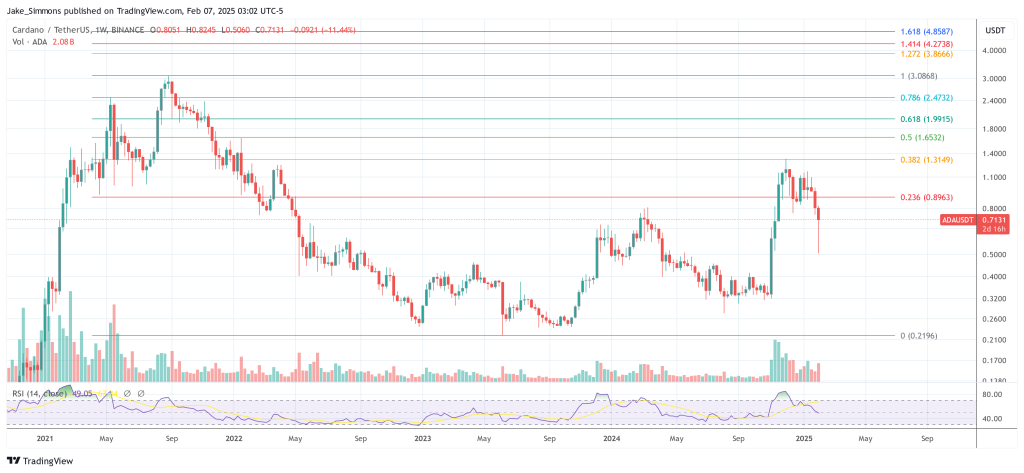



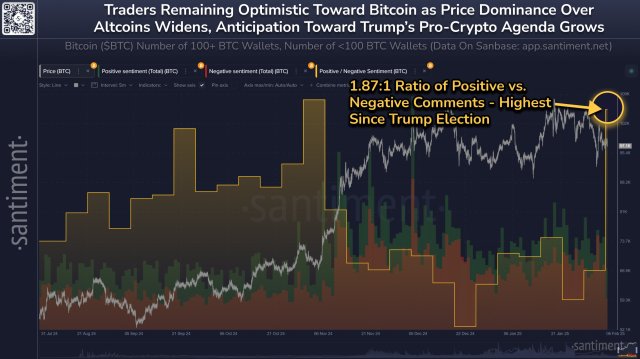
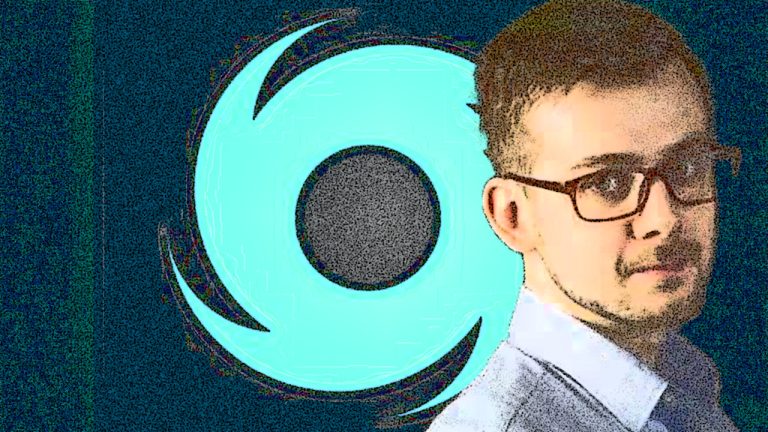
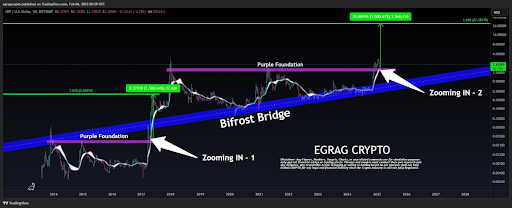

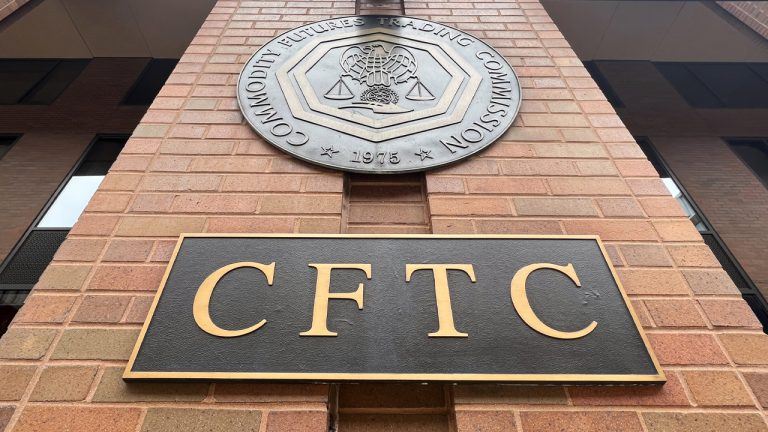

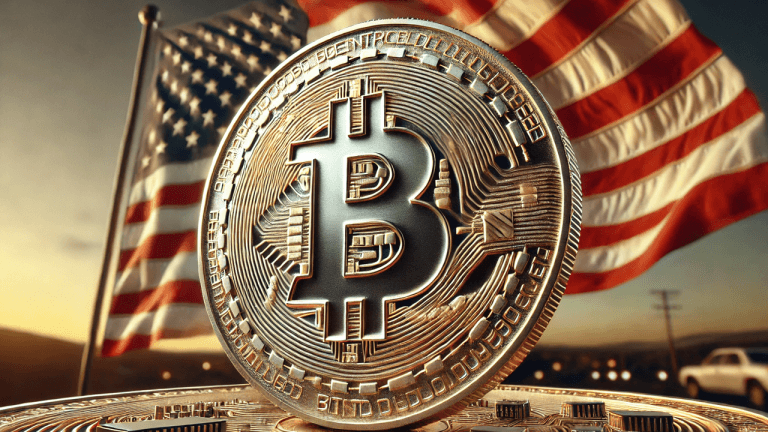

Comments